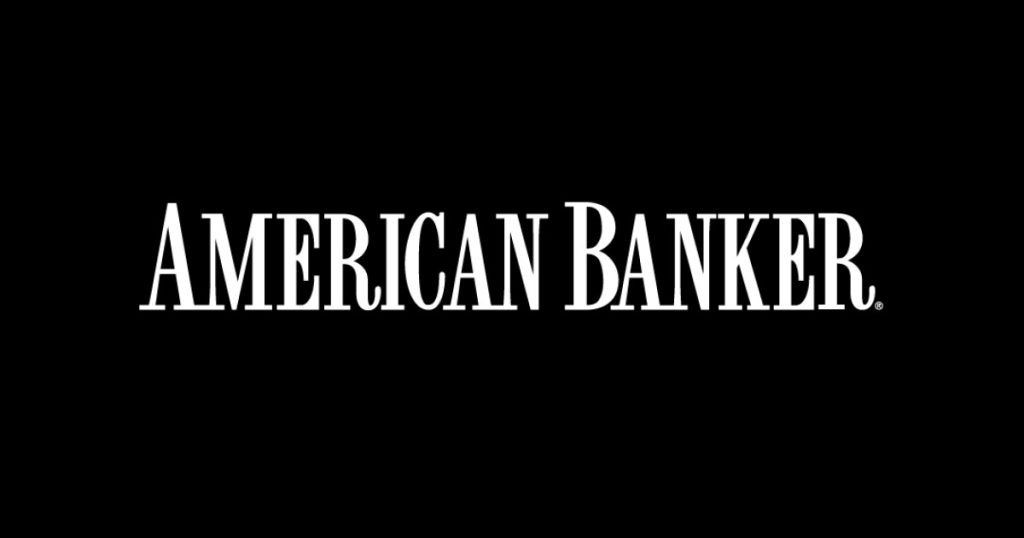The
And then there’s “tokenized,” which is often misapplied to a range of concepts.
One of those is deposits. By now, you have probably heard finance industry professionals talk about the
The term refers to an on-chain representation of funds held in a bank account — there may or may not be actual tokens involved. The process can vary between institutions, but generally involves a client choosing to move part of their traditional account balance to their on-chain account managed by the same institution. This can then be transferred to any other on-chain account within that institution’s network, to be converted back into dollars as the traditional ledger is adjusted in the background. It’s essentially a transfer of funds between accounts within the same bank, only with extra steps and some gains in speed, programmability and hours of availability.
What’s more, the term “tokenized deposit” is often used interchangeably with “deposit token” even though they mean different things and carry very different implications for the evolution of banking.
This is worth unpacking, given that both are on the roadmap for a range of U.S. institutions and in production at a few, with the aim of
To start with, what is a “deposit?” The Federal Reserve
Of course, on-chain tokens can represent obligations as well as value and these can be transferred, just like bonds can be traded. But a deposit contract is not necessarily fungible, whereas the funds should be.
Nevertheless, let’s establish that a “tokenized deposit” represents both a value and an obligation. The term “tokenized” describes the on-chain form of the deposit, without changing its nature.
Although, drilling deeper, tokenization does change the nature of a bank deposit in one key aspect. Bank deposits are covered by FDIC insurance up to a certain amount. Tokenized versions, at least for now, are not.
What about a “deposit token?” The order of the words is crucial here: “Token” is the noun, with “deposit” describing what backs the token, much like the terms “gold token” or “real estate token.”
You can see how this would be less binding. A deposit token is an on-chain representation of money held in a bank account. It does not have to also represent a contract, as it is not technically a deposit, it is a token that happens to be backed by deposited funds.
The process would be similar: A client asks for a certain amount of deposit tokens; the bank deducts the amount from the client’s account and mints the corresponding number of tokens which are then deposited in the client’s on-chain address. But these are no longer deposits in the legal sense.
This opens up the possibility that a deposit token could leave the originating network, much like a check from one bank can be cashed at another. This does not mean free movement — banks are responsible for complying with know your customer and anti-money laundering, so transfer would be limited to approved addresses.
And there would need to be some standardization of formats as well as a legal framework agreed on by banks. Would accrued interest move with the token? If so, this could give deposit tokens a chance of competing with the greater flexibility and yield possibilities of stablecoins.
So, tokenized deposits and deposit tokens embody different concepts, and yet many commentators and even entities still confuse the two. There are welcome exceptions: JPMorgan, for instance,
The distinction is relevant for much more than just semantics and technical specifications. It will help shape our understanding of where the industry is heading.
Tokenized deposits are an on-chain representation of a banking relationship.
Deposit tokens are an on-chain representation of commercial bank money.
The former concept has limited scope and debatable utility. Its key advantages — speed of transfer, 24/7 access, programmability — could be achieved using traditional databases as the current friction is due to market structure issues rather than technology. And the freedom of movement plus the potential connectivity with other networks and applications are not needed within a walled garden. The case for using blockchain for value transfer becomes apparent, however, when considering collaborations between financial entities, such as the
Deposit tokens, on the other hand, could end up being a foundational building block for a new type of banking, with bank tokens hopping between authorized addresses and on-chain services. They would not be able to participate in fully open applications on public networks, but they could still enable access to on-chain lending or other yield protocols. This, and innovations yet to come, would improve the utility of commercial bank money while cementing the role of banks as finance moves to new rails.
In sum, tokenized deposits represent the digitalization of banking relationships. Useful, perhaps, but not exactly ground-breaking. Deposit tokens are closer to an evolution in money movement. And it’s time we clearly distinguished between the two.

